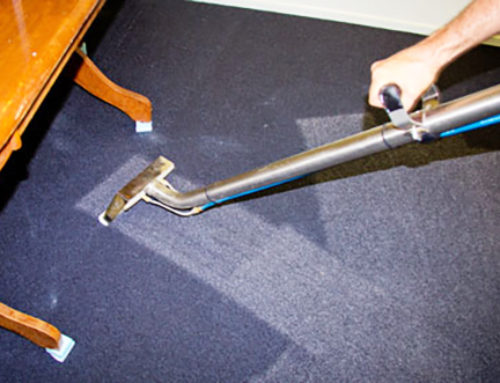Dirty carpets can attract various pests and organisms due to the accumulation of dust, debris, food particles, and moisture. Some of the common organisms and pests that can breed in dirty carpets include:
Dust Mites: Dust mites are microscopic arachnids that feed on dead skin cells and thrive in warm, humid environments like dirty carpets. They can trigger allergies and respiratory issues in some individuals.
Carpet Beetles: Carpet beetles are small insects that can infest carpets when they lay their eggs in dusty or soiled areas. Their larvae feed on natural fibers like wool and can cause damage to the carpet.
Mold and Mildew: Moisture trapped in dirty carpets can lead to the growth of mold and mildew. These fungi can produce allergens and mycotoxins that can be harmful to health.
Bacteria and Germs: Dirty carpets can harbor bacteria and germs from various sources, including spilled food and beverages. These pathogens can contribute to odors and health problems.
Fleas: If you have pets, dirty carpets can become a breeding ground for fleas. Fleas lay eggs in carpet fibers, and their larvae feed on organic matter in the carpet.
Cockroaches: Cockroaches are attracted to crumbs and food particles trapped in carpets. They can also lay eggs in dirty and damp areas.
Flies: Filth flies, such as houseflies, can lay eggs in dirty carpets if there are food residues present. Their larvae, known as maggots, can develop in the carpet.
Ants: Ants may be attracted to sugary or food residues left on dirty carpets. They can establish nests in the surrounding areas.
To prevent these issues, it’s essential to maintain proper carpet hygiene. Regular vacuuming, carpet cleaning, and keeping your home dry can help reduce the risk of pests and organisms breeding in your carpets. Additionally, addressing spills and stains promptly can prevent the buildup of food sources for pests.




Leave A Comment